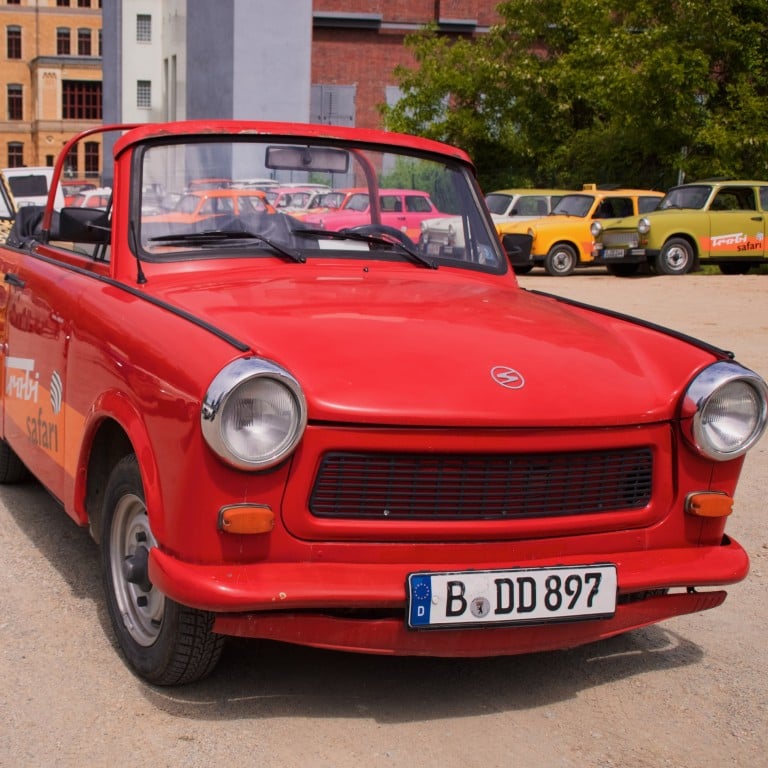
From communist relic to retro chic, the Trabant, ‘freedom car’ East Germans waited years to buy, is a bit of beast to drive, as we discover on a tour of Dresden
- Built in communist East Germany as a rival to the Volkswagen Beetle, the Trabant had terrible brakes, a puny engine and no power steering or fuel gauge
- However, it was a symbol of freedom in 1989 when the border with West Germany opened, and today you can take one for a spin around Dresden
I’m at the depot of Trabi-Safari in a leafy Dresden suburb, preparing to set off around town behind the wheel of a small and shuddering 1950s vehicle once widely considered a symbol of freedom. But suddenly a voice crackles from the dashboard speaker.
“I talk, you listen!” it barks. “Just like in the old communism times.”
In 1954, the Politburo of East Germany, or the German Democratic Republic (GDR), effectively under Russian control since the end of World War II, gave the go-ahead for the development of a small car to rival capitalist West Germany’s robust and affordable Volkswagen Beetle.
The result, produced in nationalised Porsche and Audi factories, could hardly have been further from the sleek and efficient machines formerly manufactured there.
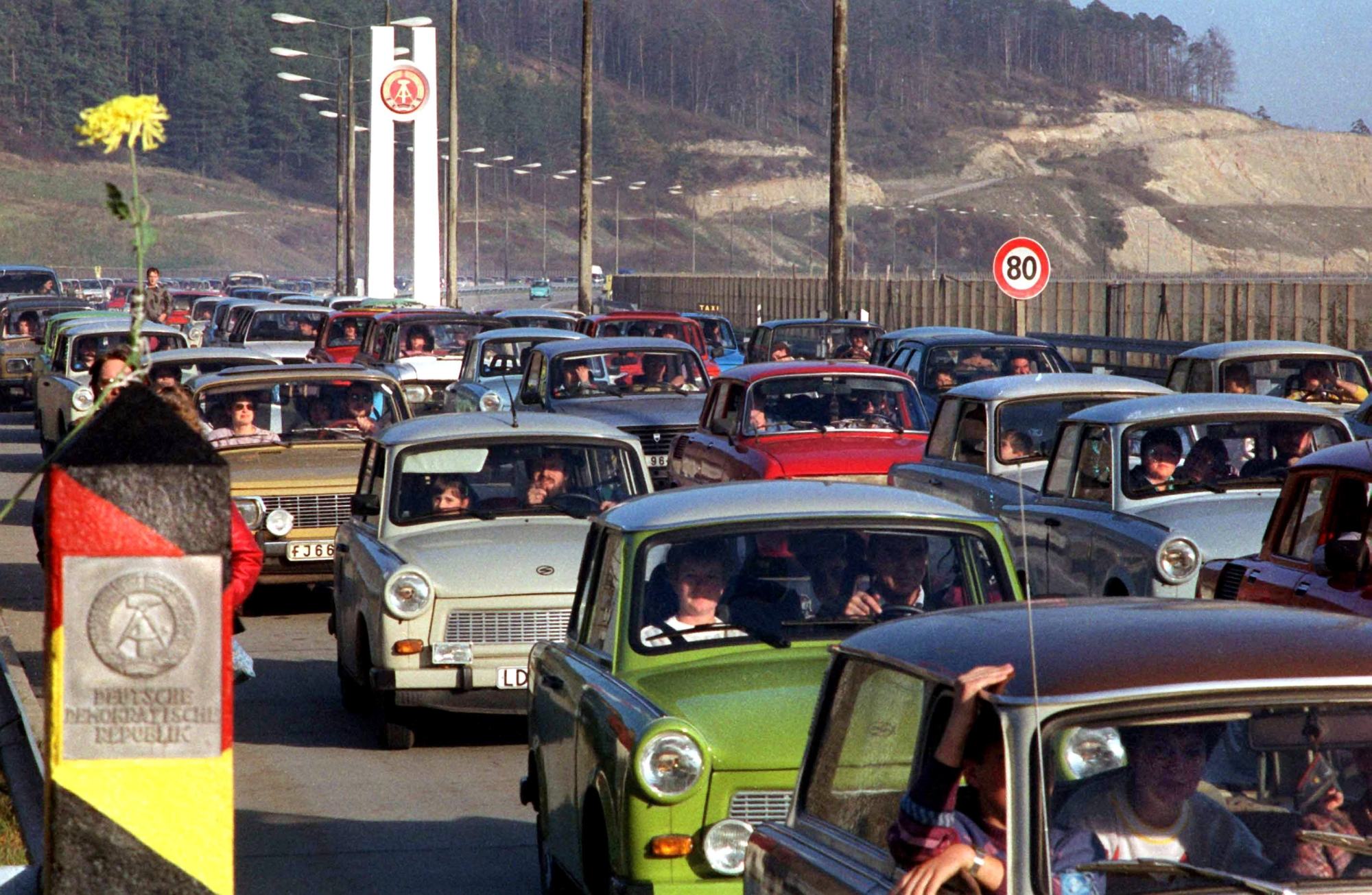
With a body of textile waste and chemical resin, a highly polluting 600cc two-stroke, two-cylinder engine and disturbingly limited brake power, the tinny little two-door Trabant, affectionately known as the Trabi, was designed around the principle that what it didn’t have couldn’t break. And what it didn’t have included a water cooling system or a petrol gauge, let alone luxuries such as power steering, self-cancelling indicators or central locking.
But I’m on the road in a piece of history. When, in May 1989, communist Hungary unexpectedly opened its border with capitalist Austria, and East Germans holidaying there seized the opportunity to escape, the exodus of Trabis seemed to television audiences worldwide to symbolise both the desire for freedom and its attainment.
‘Fishing vessels destroyed the seabed’: anger at Vietnam reef diving ban
Six months later, joyful sledgehammers were reducing the Berlin Wall to rubble and soon afterwards Germany was reunited as one country. Trabis were abandoned, or sold for as little as the price of a beer.
“Maybe less,” jokes Peter, of Trabi-Safari. “You were given a bottle of beer if you would take one.” But the car is now retro-chic and regarded as a classic. One in good condition can go for €10,000 (US$10,490) or more.
The clutch, brake and accelerator pedals are like in other cars, but the gear stick protrudes from the steering column.
“Most Trabi-Safari guests are from Germany, and especially West Germany,” says Peter, whose business is beginning to recover from the Covid-19 shutdown. “But normally we have a ton of American guests, Australian guests and sometimes Chinese guests. And some of these guys have never driven a manual before.”
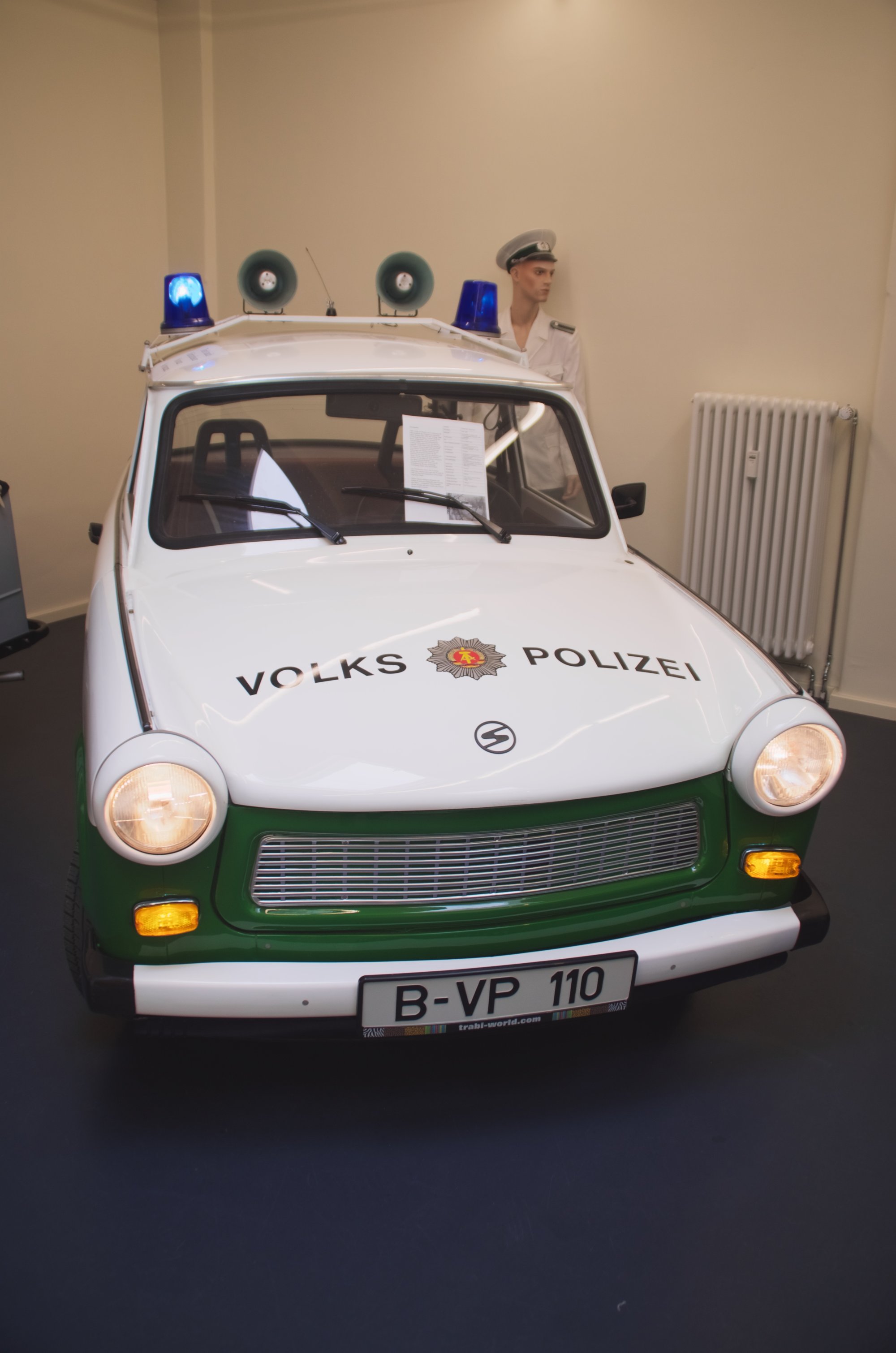
So the company has now installed a row of wall-mounted steering wheels and gear sticks for novices to practise on before setting out. Even those familiar with manual gearboxes can find the upside down gear layout disconcerting.
Since the dummies were introduced, the number of car park collisions from accidentally engaging reverse has dropped to zero, as has the number of drivers attempting to move off in third and burning out the clutch.
After a final reminder to release the handbrake, it’s time to hit the road. “Wave out of the window if you can hear me, please,” says Peter, from the leading car in our rattletrap convoy of six. We all wave, and we’re off.
At a time when there’s talk of driving the Russian economy back to the Soviet era, we’re driving pieces of a planned economy that followed that era’s Russian model. It’s “pure” driving, Peter has warned us.
Thailand tops 2 million tourists this year, as it longs for absent Chinese
The brakes require a bit of force, the indicators do not make a sound and are not self-cancelling, the unforgiving suspension makes me well aware of the texture of older cobbled streets and the steering wheel needs a good tug to turn and a little encouragement to straighten up again.
As we begin to explore Dresden’s leafy fringes, I’m trying to overcome the habit of reaching into the empty space between the front seats to change gear, and trying to remember to cancel the indicators, which have no audible click.
The speaker pours out details of the monuments and historic buildings we pass, and bits of GDR history and instructions to keep together. Given the sponginess of the brakes there’s a temptation to leave plenty of distance between my improbably pink Trabi, a relatively late 1980s model, and the striped one in front of me.
Another in our little convoy has been painted to resemble a zebra. But as the last vehicle I’m also worried about being left behind, and indeed soon I’m separated from the rest by a red light. “Keep on going straight ahead,” says Peter from the speaker. “We’re going to wait for you.”
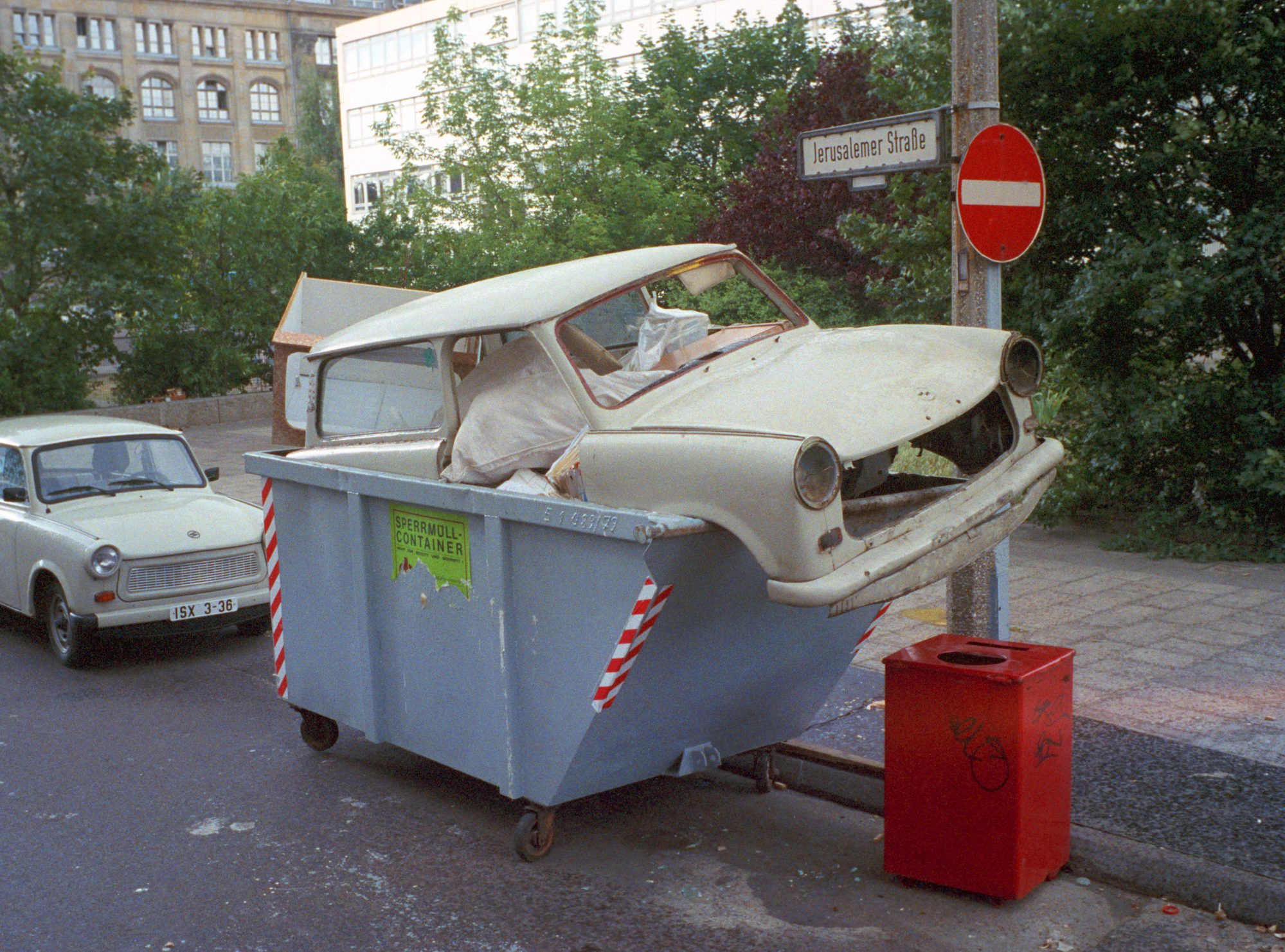
Pedestrians wave while others take photographs and videos. I’m not just viewing the city’s sights; I am one.
We wind past castles and country houses atop a ridge overlooking the Elbe and, after half an hour during which the car has begun to feel familiar, turn into a drive leading to the grand 19th century Lingnerschloss, named for its mouthwash magnate owner, who donated it to the city on condition it permanently remain open to the public and offer good food at affordable prices. A broad terrace at the rear gives sweeping views across the river to the spires of the old town, between which we will soon weave.
We pause to take photos of ourselves and the cars, and those in groups take the opportunity to switch drivers. After another reminder to loosen the handbrake, we’re off again, this time down a steep hill to cross the river.
“Please don’t stand on the brakes all the time,” says Peter, “but rather try to brake at intervals. Let it roll using the engine as a brake.”
Stunning new monument in Sydney highlights city’s Aboriginal history
The car’s drum brakes have a tendency to overheat, so I amble down in second, the gearbox doing the work, the engine screaming, and at one point I am passed by a Ferrari. To call both that and the Trabi “cars”, suggesting some similarity, is absurd.
We cross the broad and stately Elbe river to Dresden’s elegant historic centre, risen from the ashes of the second world war.
In February 1945, repeated raids by Allied bombers did to the centre of the city what the recent invasion of Ukraine has done to Mariupol, achieving almost complete destruction. After the establishment of the GDR, the communist economy was not robust enough to fund rebuilding or tear down what survived, and the result was that after the reunification of Germany, the rubble remained to rebuild the magnificent palaces of the kings of Saxony and the city’s elaborate churches.
They now have a certain Dalmatian look, where blocks of fire-blackened stone sit amid areas of newer material, all dominated by the vast dome of the originally 18th century Frauenkirche, or Church of our Lady.

We pause outside a museum, so Peter can open up the bonnet of one vehicle and show us what we’re driving. The tiny 26-horsepower engine is demonstrably enough for the city, he says, given that the car weighs only 600kg.
“It’s a tradition that in GDR times you either carried a woman’s stockings or a woman with stockings, for the simple reason that when this little belt which drives the fan would break, which was common since the material wasn’t very good, they’d just tie a stocking so they could keep on trucking.”
A dipstick clipped to the underside of the bonnet was used to check how much fuel was left in the 26-litre tank.
The manufacturer had ideas for development, but the communist authorities refused to fund them. When the Berlin Wall came down, in 1989, they were still producing largely the same machine already obsolete at its launch in 1958.
The last hat weavers of Hanoi, and its other artisans, look to tourism
The Eastern Bloc produced other more substantial vehicles, such as the Lada, the Moskvitch (both Soviet Union), the Škoda (Czechoslovakia) and the Yugo (Yugoslavia), but these cost considerably more than the Trabant, making it the car of choice despite waiting times of up to 16 years. Altogether about 3.7 million were made, of which around 30,000 are still on the road.
One driver, Kristof, says he’s here because of the car’s history. He was born in East Germany, although in 1998. Perhaps the car should mean more to his father, Wolfram, now 61, to whom he has given the trip today as a birthday present. Wolfram owned a Trabi from 1987 to 1992, and didn’t have to wait long for it because he bought it second-hand, although almost for the same price as new.
“I loved it, but it was also a burden because it was hard to get the parts. You had to find the right place, then you had to queue, and you didn’t know what you would get. You couldn’t order something, and you didn’t get it in the right colour.” He’s clearly not suffering from what is now labelled Ostalgie: a nostalgia for simpler socialist times.
We drive back along one bank of the Elbe, past the gilded statuary atop the art academy and the dock for the elegant paddle steamers, the world’s oldest fleet of them, providing trips down the river to the magnificent castle at Pillnitz.
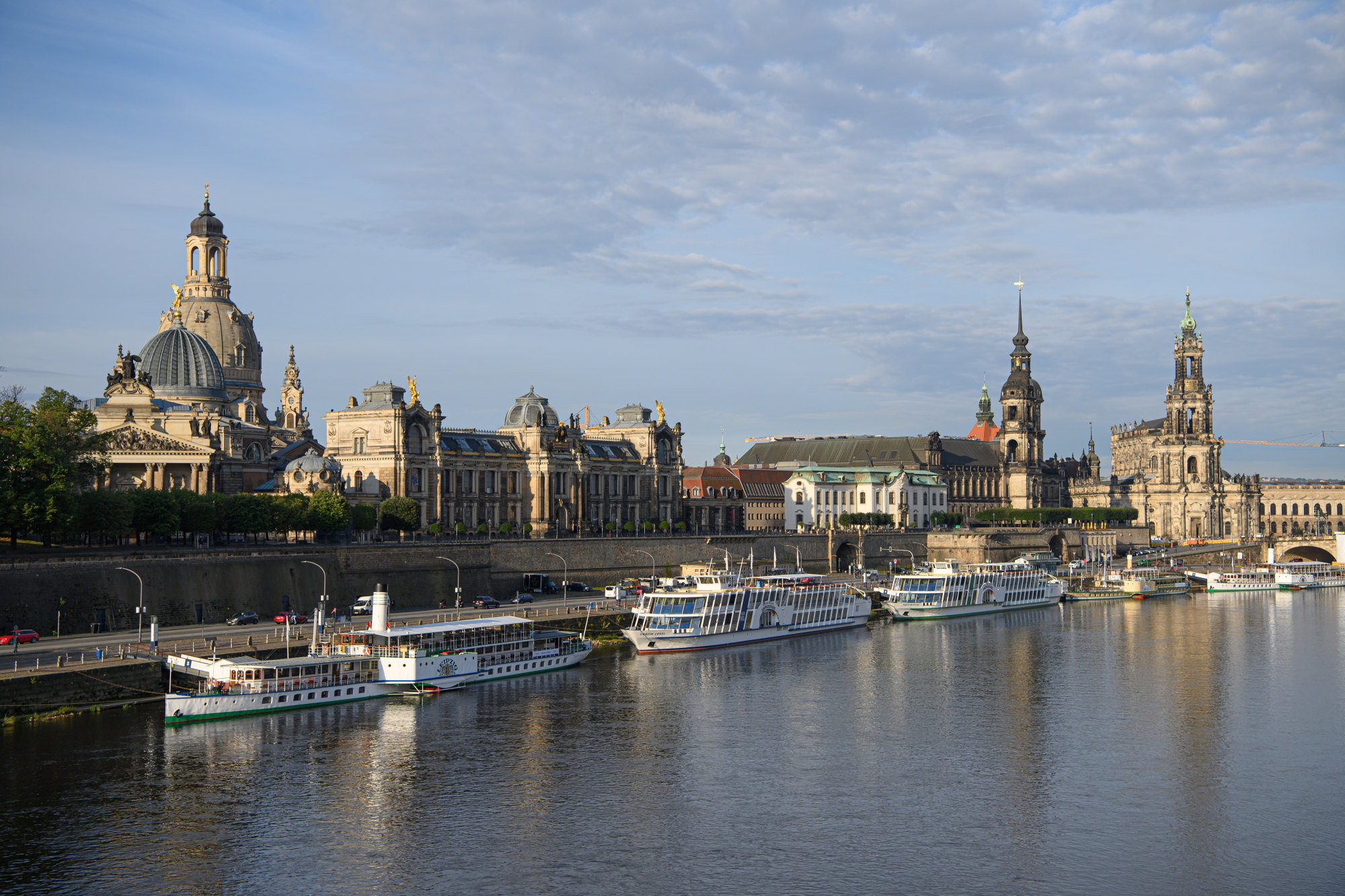
“Since you guys are pretty good drivers, today we have the opportunity to drive out towards Dresden Airport,” says Peter. Now we’re familiar with the vehicles, it’s a chance to focus on driving rather than sightseeing.
On the highway the column gradually reaches first 60km/h and then an astonishing 75km/h, although the vehicles in front of me nearly disappear in the plume of their own exhaust.
In the GDR, as in other communist states, some were more equal than others, and the apparatchik elite, numbering about 10,000, drove Volvos. Back at the depot, as my Trabi gives a final shudder, it seems to me that they missed out on quite an experience.

